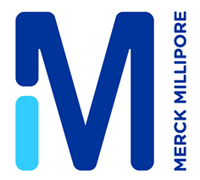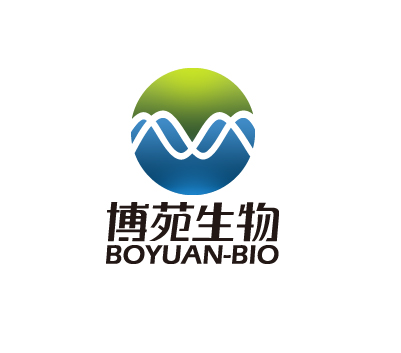Team:SJTU-BioX-Shanghai
From 2013.igem.org
(Difference between revisions)
| Line 88: | Line 88: | ||
<div id="abstract-content"> | <div id="abstract-content"> | ||
| - | < | + | <br>How to regulate an <strong>entire metabolic pathway</strong> <font style="font-style:italic;">in vivo</font>, delicately, <strong>accurately and conveniently</strong>, simultaneously controlling the expression of <strong>several</strong> genes? And how to <strong>optimize metabolic fluxes so as to maximize desired products</strong>? For decades, these questions remain haunting to “bioengineers”(especially synthetic biologists) who would like to have certain metabolites produced in live cells. The difficulty is again raised up when target genes endogenously reside on the <strong>genome</strong>, or have been implemented into the genome.<br> |
<p>So this year, our team, SJTU-BioX-Shanghai, is dedicated to solve the problem. By integrating <strong>CRISPRi</strong>, the newly developed expression interference tool, with three <strong>light sensors</strong> (namely <font color=red>red light sensor</font>, <font color=green>green light sensor</font> and <font color=blue>blue light sensor</font>), we expect to provide a <strong>versatile</strong> platform on which researchers are able to quantitatively adjust the expression of any three enzymes in whatever pathway – to <strong>change the target, simply change the small guide RNA</strong> (sgRNA)!</p> | <p>So this year, our team, SJTU-BioX-Shanghai, is dedicated to solve the problem. By integrating <strong>CRISPRi</strong>, the newly developed expression interference tool, with three <strong>light sensors</strong> (namely <font color=red>red light sensor</font>, <font color=green>green light sensor</font> and <font color=blue>blue light sensor</font>), we expect to provide a <strong>versatile</strong> platform on which researchers are able to quantitatively adjust the expression of any three enzymes in whatever pathway – to <strong>change the target, simply change the small guide RNA</strong> (sgRNA)!</p> | ||
<p>In addition, with the <strong>luminous device and accompanying software</strong>, one could simply enter metabolomics data (catalytic rates of related enzymes) into our User Interface. The software will automatically conduct <strong>flux balance analysis (FBA)</strong>, giving out suggestions for optimal expression value of different enzymes. Then, the expression value would be converted into <strong>intensity of lights</strong> that are finally to be exerted on cell cultures. It is -- just convenient! :)</p> | <p>In addition, with the <strong>luminous device and accompanying software</strong>, one could simply enter metabolomics data (catalytic rates of related enzymes) into our User Interface. The software will automatically conduct <strong>flux balance analysis (FBA)</strong>, giving out suggestions for optimal expression value of different enzymes. Then, the expression value would be converted into <strong>intensity of lights</strong> that are finally to be exerted on cell cultures. It is -- just convenient! :)</p> | ||
Revision as of 12:26, 18 October 2013
 "
"
 The breakthrough we made: The quantitative regulation of gene expression in the level of genome.
The breakthrough we made: The quantitative regulation of gene expression in the level of genome. 




